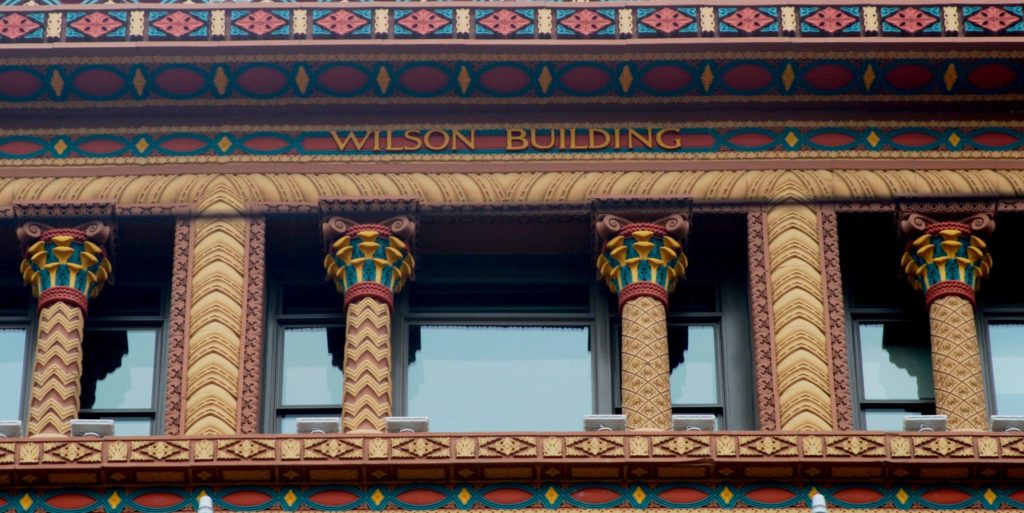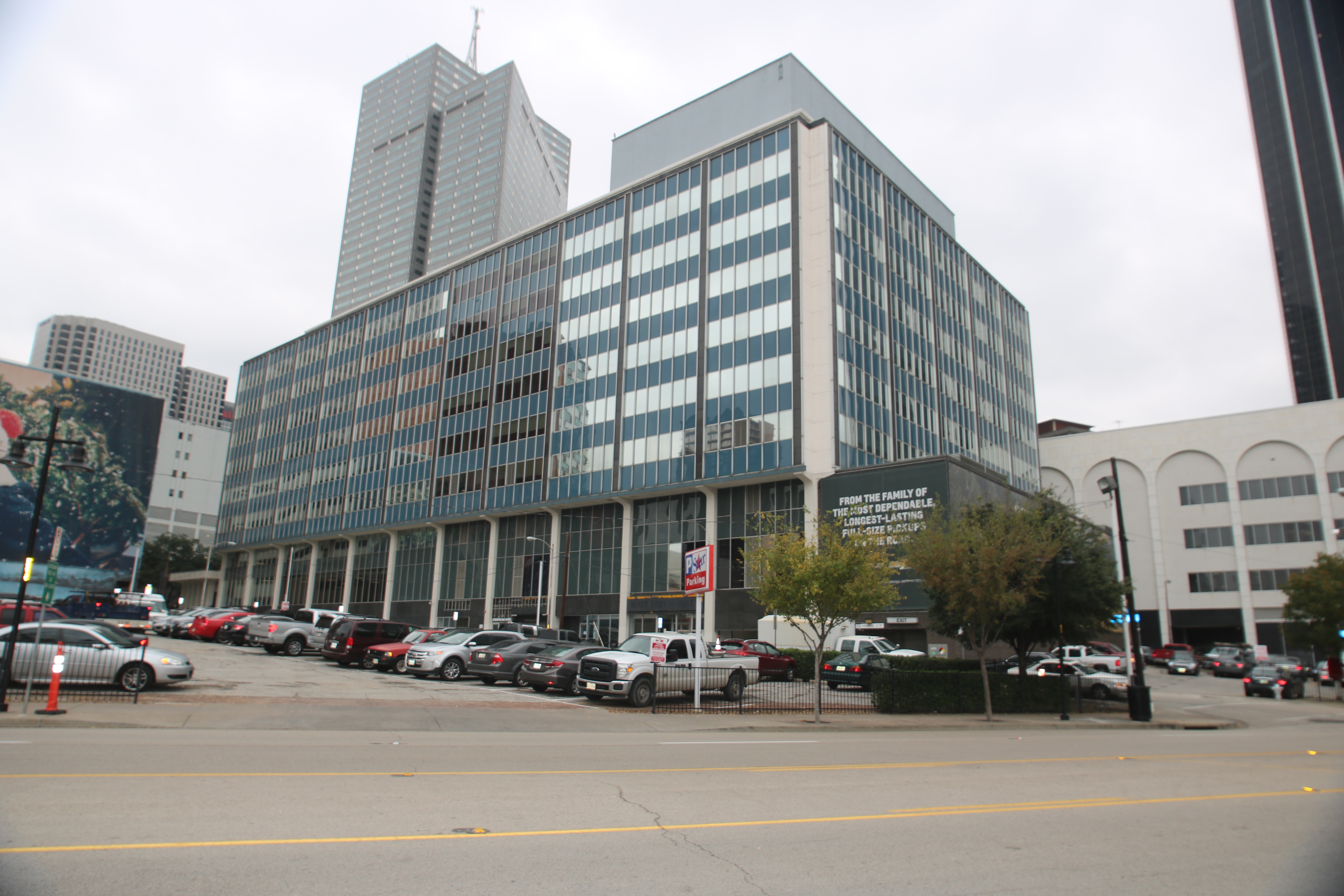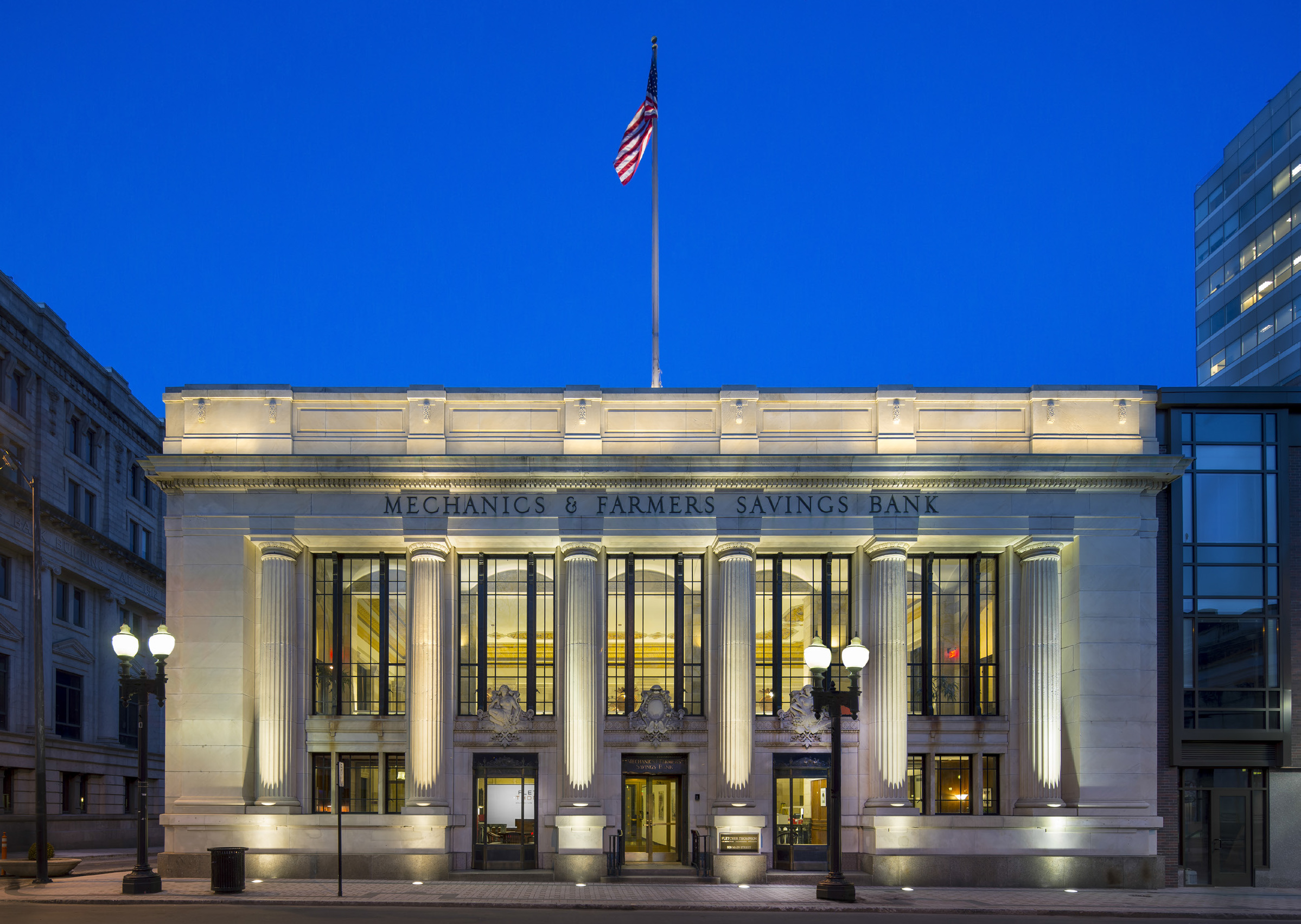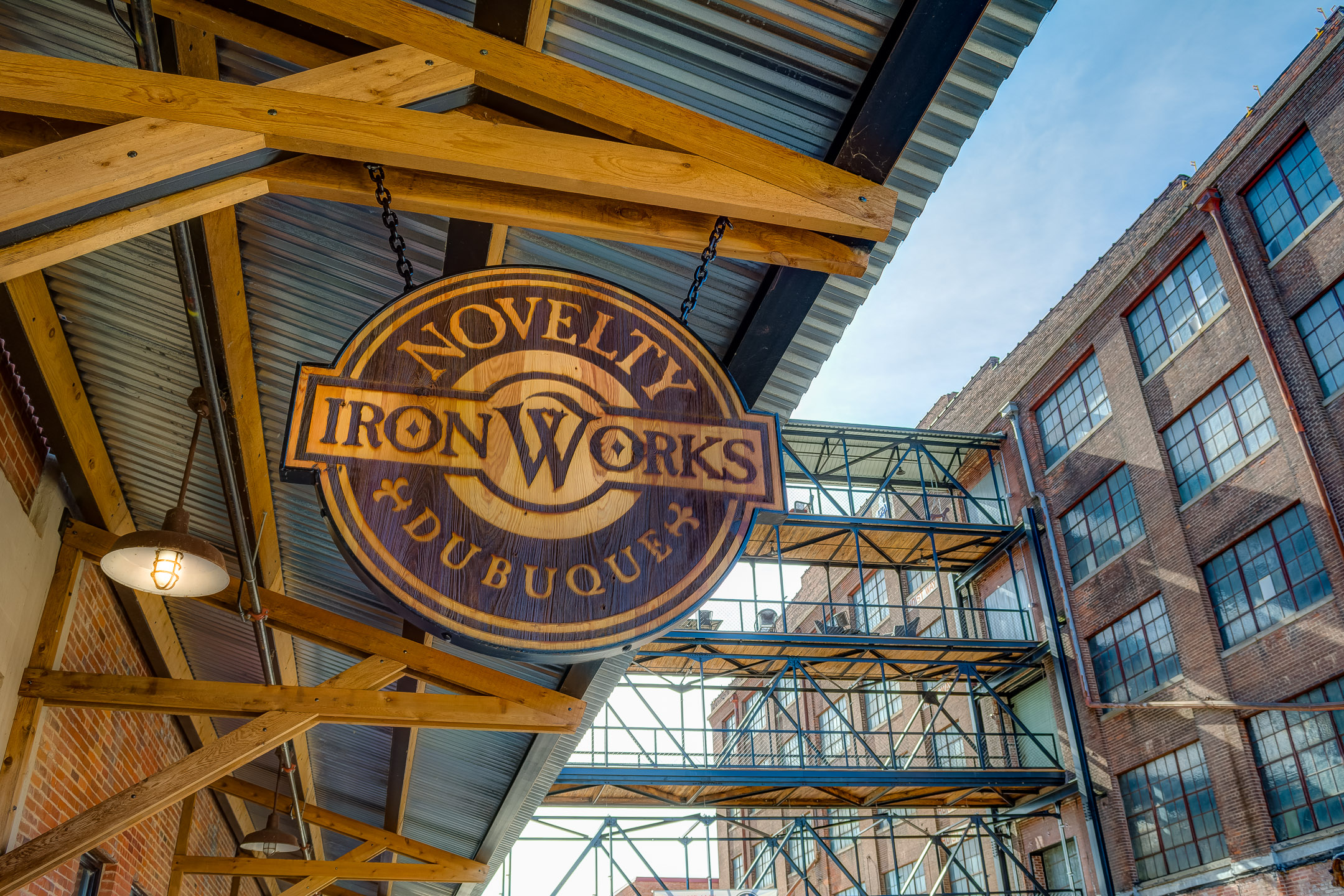What happens when you instinctively know a building is significant, but the history is largely unknown? While a developer may feel a building is historic, unless significance is established, a building will not be eligible for the historic tax credits (HTCs). Establishing the historic and/or architectural significance of a building is the first step in […]

















